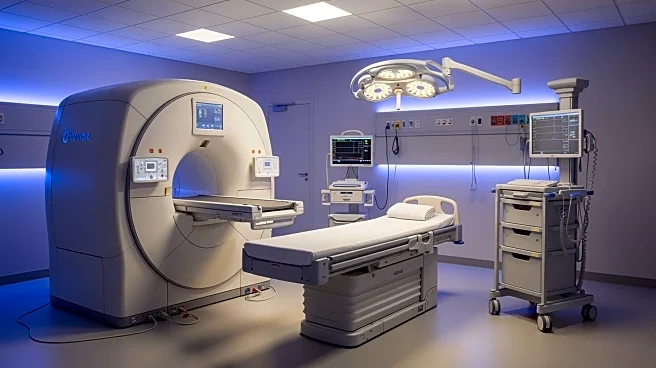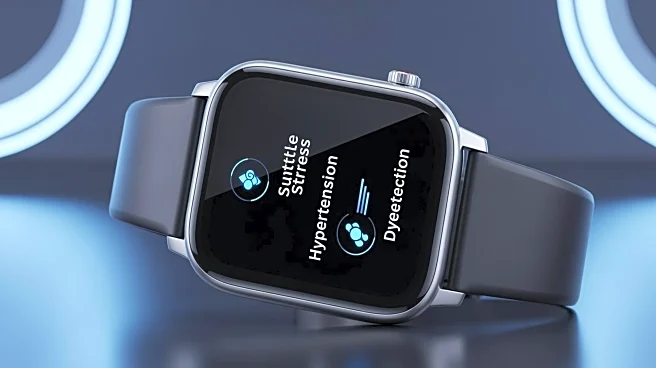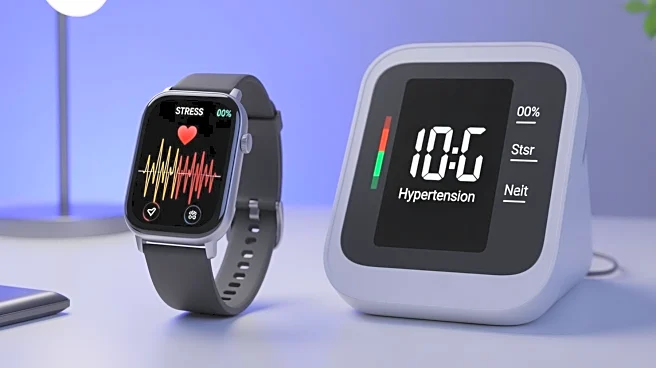What's Happening?
Haut.AI, in collaboration with Noom, has launched SkinGPT’s Aging Model, a generative AI platform that simulates skin aging. This tool allows users to visualize two versions of their future selves based
on lifestyle choices, such as diet and skincare. The Aging Model predicts perceived age and offers photo-realistic simulations of skin changes over time. It includes two modes: Skin Aging Mode, focusing on dermatological changes, and Full-Face Aging Mode, which considers hair graying, UV exposure, and weight-related effects. Noom, a digital health platform, is the first to integrate this technology, offering users insights into how their current habits affect long-term health and appearance.
Why It's Important?
The introduction of SkinGPT’s Aging Model marks a significant advancement in personalized skincare and health visualization. By providing users with a tangible representation of the impact of their lifestyle choices, this technology empowers individuals to make informed decisions about their health and skincare routines. For the beauty industry, this tool offers a new way to engage consumers, turning abstract product claims into personalized experiences. It also allows brands to demonstrate the efficacy of their products, potentially increasing consumer trust and driving sales.
What's Next?
Noom plans to roll out the Future Me tool, powered by Haut.AI’s technology, to all its members in the coming weeks. This innovation is expected to enhance user engagement and commitment to healthier habits. As the technology gains traction, other health and beauty brands may adopt similar AI-driven tools to offer personalized experiences to their customers. The success of SkinGPT’s Aging Model could lead to further developments in AI-powered skincare and health visualization.
Beyond the Headlines
The use of AI in skincare visualization represents a broader trend towards predictive and personalized health solutions. As technology continues to evolve, consumers may increasingly rely on AI-driven tools to guide their health and beauty decisions. This shift could lead to a more proactive approach to wellness, with individuals taking greater control over their health outcomes.











